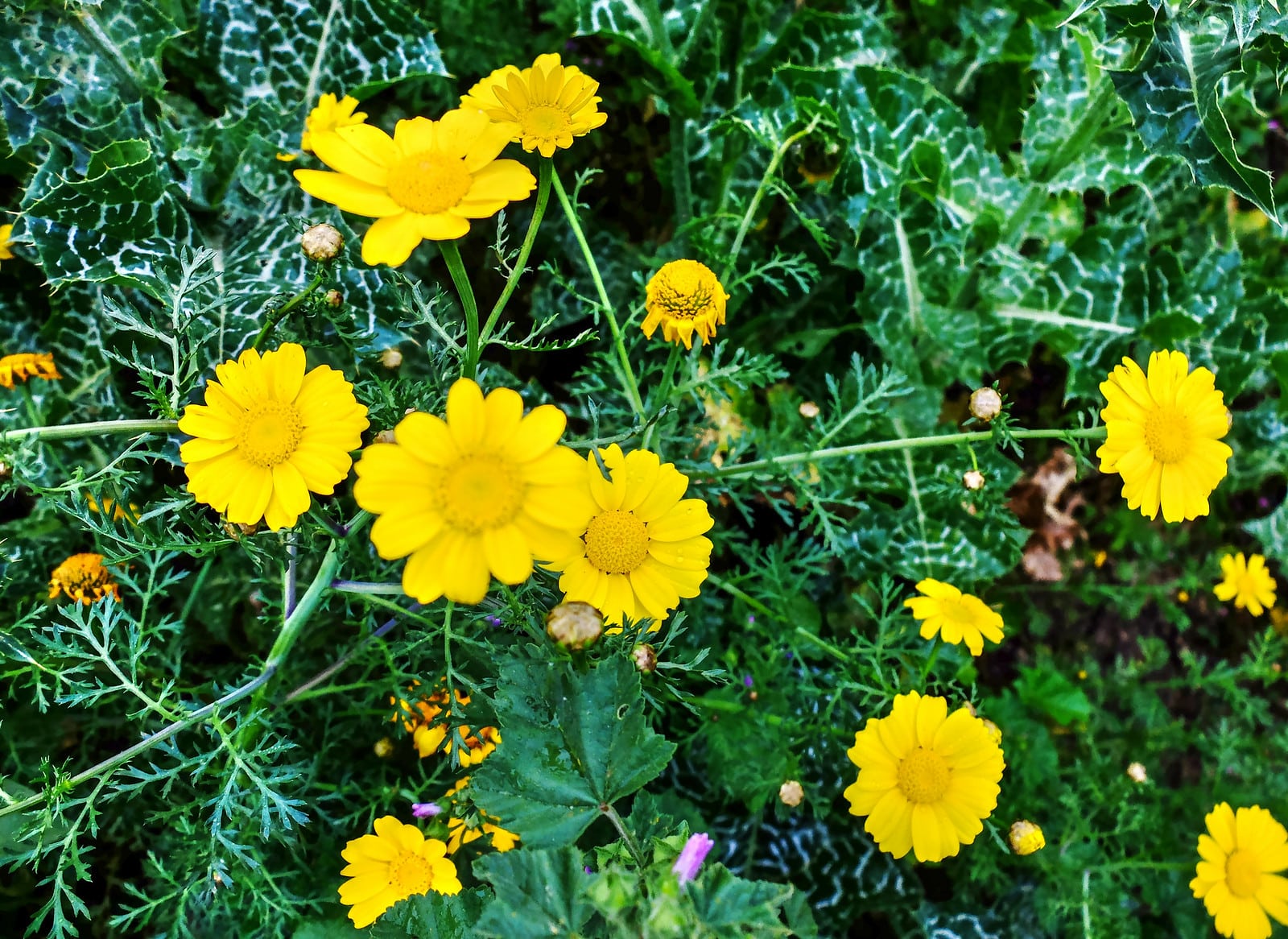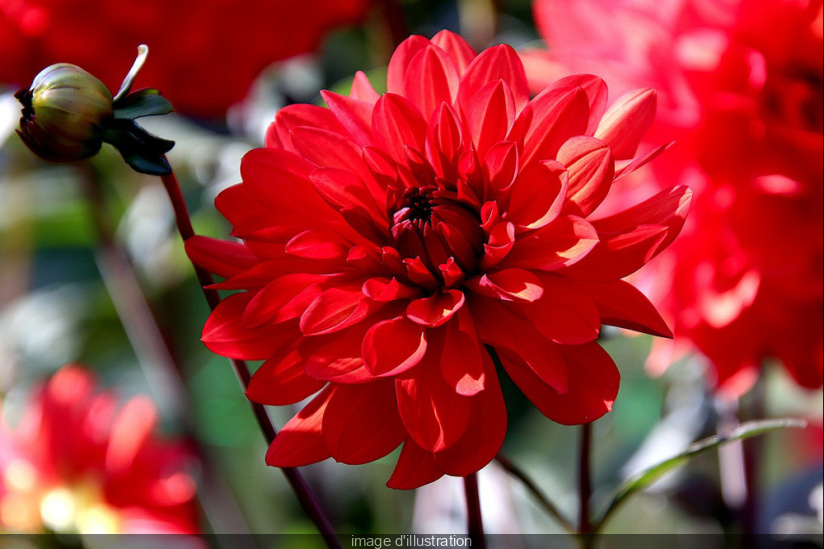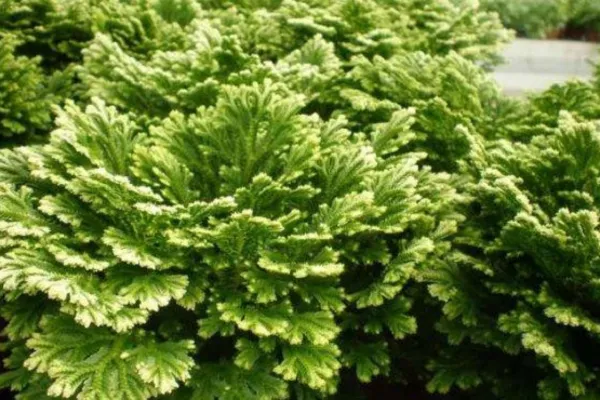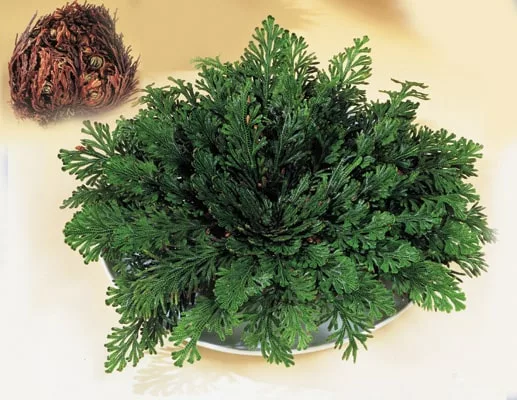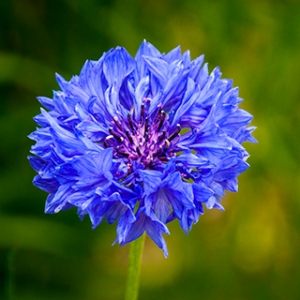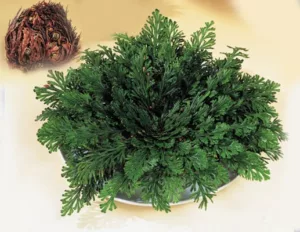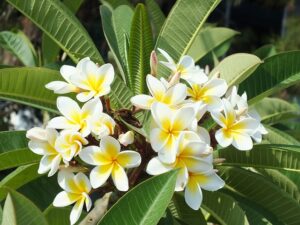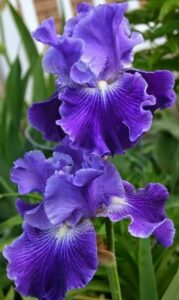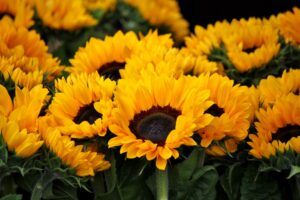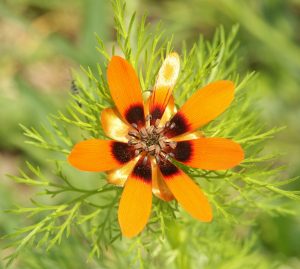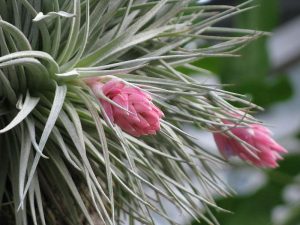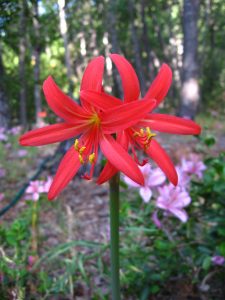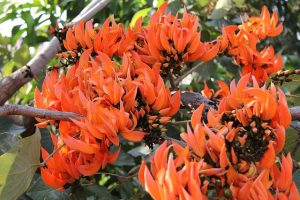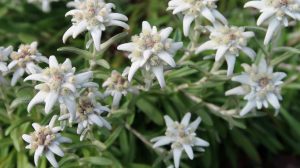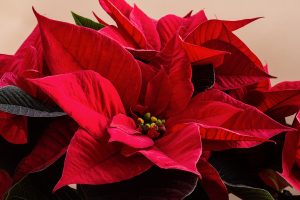Arnica: characteristics, cultivation and its medicinal properties
The Arnica or Arnica mountain, also called sneezer or mountain tobacco, is a lively herbaceous plant native to Europe. There it grows wild and can reach up to 50cm in height. It belongs to the Asteraceae family and has approximately 30 recognized species.
The reason they call it “mountain tobacco” is because the mountaineers smoked its dried leaves to treat respiratory problems, especially bronchitis and cough, although this use often irritated their mucosa.
Characteristics
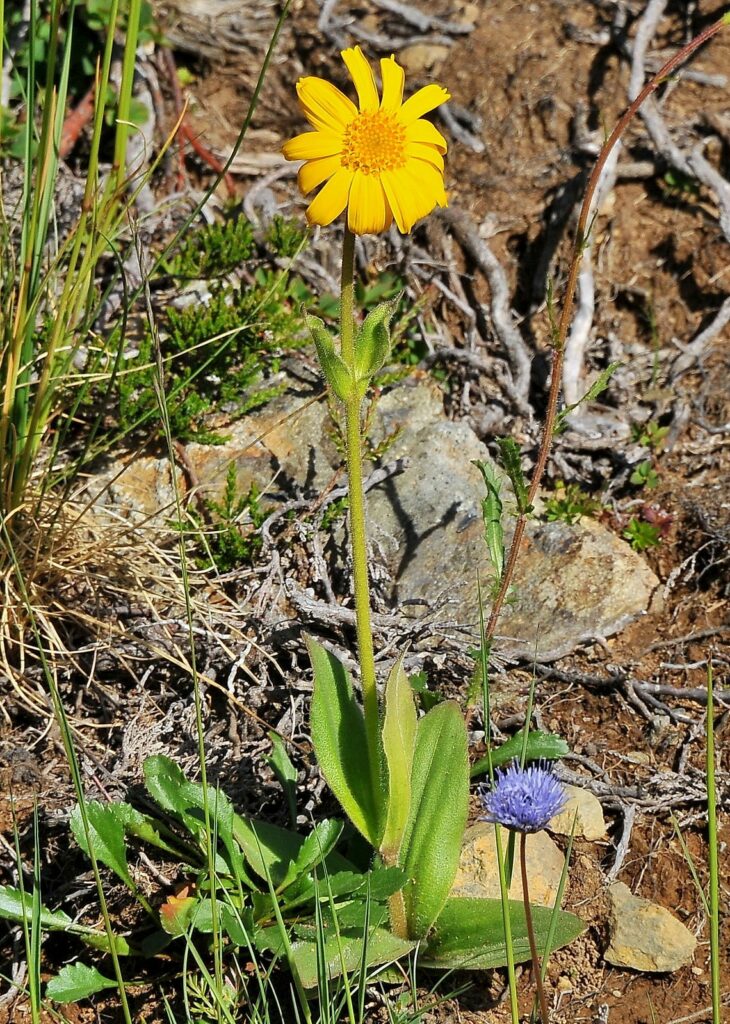
The species of the Arnica genus have a long (50-100 cm) and erect floral escapement, generally without branching or little branching. Its leaves are hairy and opposite, petiolate or sessile. They can be oval, cordiform, deltoid, elliptical, lanceolate or linear; the edges are whole or denticulate, rarely slightly lobed.
The faces are glabrous, hirsute, hispidulous, hairy, tomentose or woolly. In addition, there is often a basal rosette. The plant has a slight aromatic odor. Its flowers are yellow and its aroma is similar to that of chamomile.
We can find them mainly in the temperate regions of western North America and in the meadows or mountain pasture areas. It has numerous endemisms, and its habitat is cold areas devoid of lime, with acidic soils and with little nitrogen. However, most species have evolved to protect themselves from the cold, preferring sunny areas sheltered from the wind.
Arnica does not support limestone soils and therefore does not exist in many parts of Spain, Italy and Greece. Currently some of its species are in danger of extinction due to its furtive collection for sale as a medicinal remedy.
Applications
The properties of arnica are mainly anti-inflammatory.
Its content in flavonoids, phenolic acids and amazine, among others, give this medicinal herb analgesic properties (it helps to relieve pain from blows, sprains, bruises and other injuries.). It also has anti-inflammatory, astringent, antibacterial (can eliminate possible skin irritations and infections) and healing properties.
Its external use is especially recommended, since when ingesting this plant it can cause some type of intoxication, dizziness or headaches.
Furthermore, with the use of this plant we can eliminate bruises and prevent their appearance, stimulate blood circulation and reduce swelling. It is also used to fight fungus and oral infections and those caused by skin wounds. For wounds in the mouth, the ideal is to rinse.
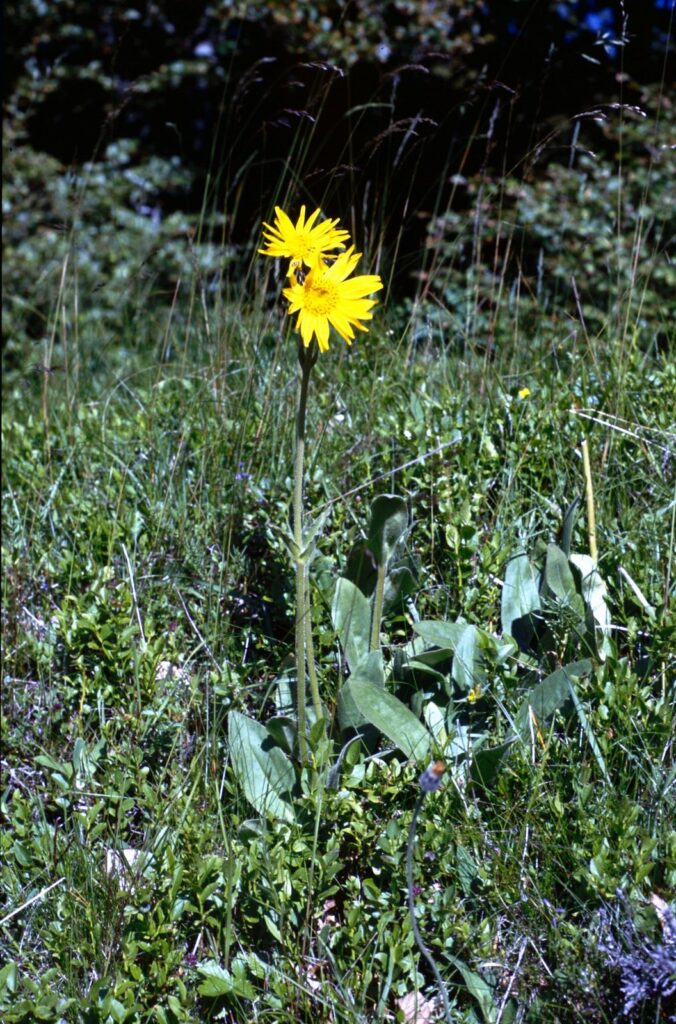
With the petals of arnica all kinds of creams, lotions, ointments and gels or oil are made that relieve pain and deflate in the event of bruises, bruises, stiffness, strains, sprains or strains. It is also used successfully to combat stretch marks in pregnancy.
Arnica should never be ingested due to its high toxicity, except for homeopathic treatments prescribed by physicians. Some of its uses are to: Combat epilepsy, seasick dizziness, and to increase blood flow through the coronary arteries after someone has suffered angina. They are also being used experimentally for the treatment of cancer cells in the lung and colon.
Arnica cream can be used to combat acne and other skin marks, it also prevents the appearance of stretch marks.
For women, arnica can be used and is efficient for vaginal washing that can end up with discomfort such as itching, burning or stinging.
Contraindications
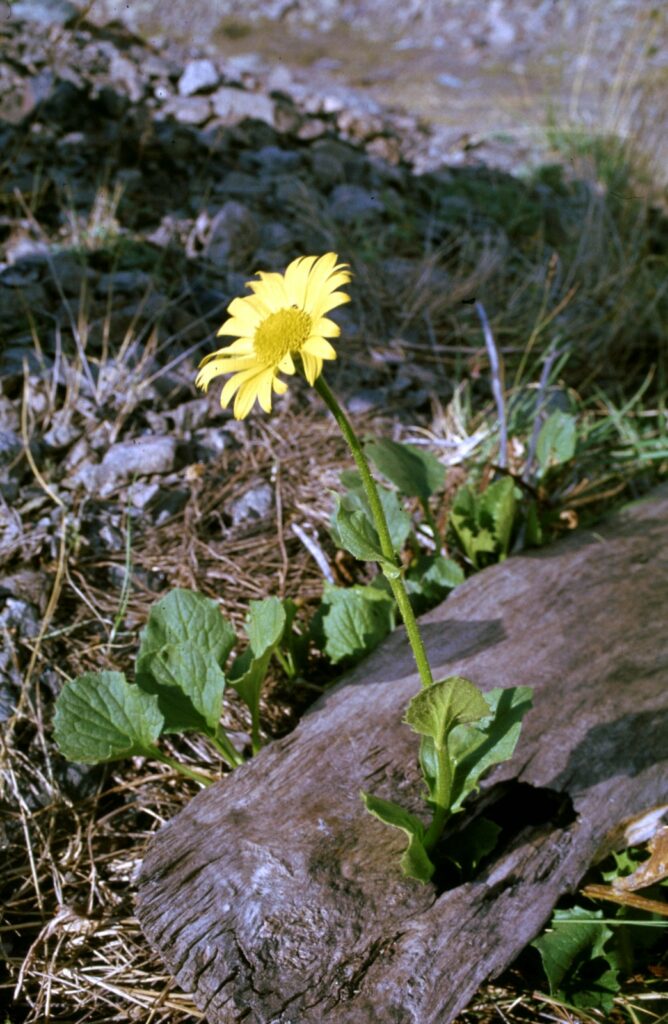
Its use is not recommended during pregnancy or lactation. Neither for people who suffer from digestive irregularities such as irritable colon, ulcers, among others, nor in children under 3 years of age.
As you can see, this plant is very good, but also dangerous. For this reason you must be very careful when using it, and always consult with a medical and / or naturalist specialist to advise you on how to best and safely take advantage of the benefits of the plant.
If you found the article useful and liked it, share it on your social networks and leave your opinion here.

For the completion of this article, information was sought from:
The photos used are from:
Rodrigo Uriartt via Wunderstock (license)
chemazgz via Wunderstock (license)
Cletus Awreetus via Wunderstock (license)
Share this content:
